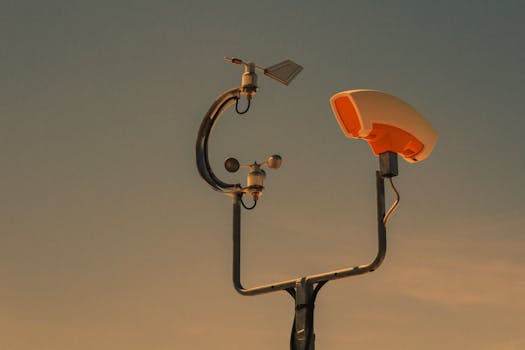
How Satellites Monitor Climate Change and Environmental Shifts
Satellites monitor climate change and environmental shifts by using various sensors and instruments to collect data on the Earth’s atmosphere, oceans, and land surfaces. Satellites monitor climate change and environmental shifts have become an essential tool for scientists and policymakers to understand the impacts of climate change and make informed decisions. With the help of satellites, we can track changes in the Earth’s temperature, sea level rise, ice sheet melting, and deforestation, among other environmental shifts.
Satellites use a range of technologies, including radar, lidar, and spectrometry, to collect data on the Earth’s surface and atmosphere. For example, radar satellites can penetrate clouds and collect data on the Earth’s surface, even in areas with heavy cloud cover. Lidar satellites use laser light to create high-resolution images of the Earth’s surface, allowing scientists to track changes in land elevation and ice sheet thickness. Spectrometry satellites collect data on the Earth’s atmosphere, including the concentration of greenhouse gases such as carbon dioxide and methane.
Applications of Satellite Data
Satellite data has a wide range of applications in monitoring climate change and environmental shifts. For example, satellite data can be used to track changes in sea level rise, which is essential for predicting coastal erosion and flooding. Satellite data can also be used to monitor deforestation and land degradation, which are major contributors to climate change. Additionally, satellite data can be used to track changes in ocean currents and temperature, which are essential for understanding the impacts of climate change on marine ecosystems.
Satellite data can also be used to monitor natural disasters such as hurricanes, wildfires, and droughts. For example, satellite data can be used to track the trajectory of hurricanes, allowing scientists to predict where they will make landfall and how much damage they will cause. Satellite data can also be used to monitor the spread of wildfires, allowing firefighters to respond quickly and effectively. Finally, satellite data can be used to monitor droughts, allowing scientists to predict where they will occur and how severe they will be.
Challenges and Limitations
While satellites have revolutionized our ability to monitor climate change and environmental shifts, there are still several challenges and limitations to their use. One of the major challenges is the sheer volume of data that satellites collect, which can be difficult to process and analyze. Additionally, satellites are subject to interference from other satellites and human activities, which can affect the quality of the data they collect.
Another challenge is the cost of launching and maintaining satellites, which can be prohibitively expensive for many countries. Finally, there are also concerns about the privacy and security of satellite data, particularly in areas with sensitive or classified information.
Conclusion
In conclusion, satellites monitor climate change and environmental shifts play a critical role in our understanding of the Earth’s systems and the impacts of climate change. While there are still several challenges and limitations to their use, the benefits of satellite data far outweigh the costs. As technology continues to evolve, we can expect to see even more innovative applications of satellite data in the future.

